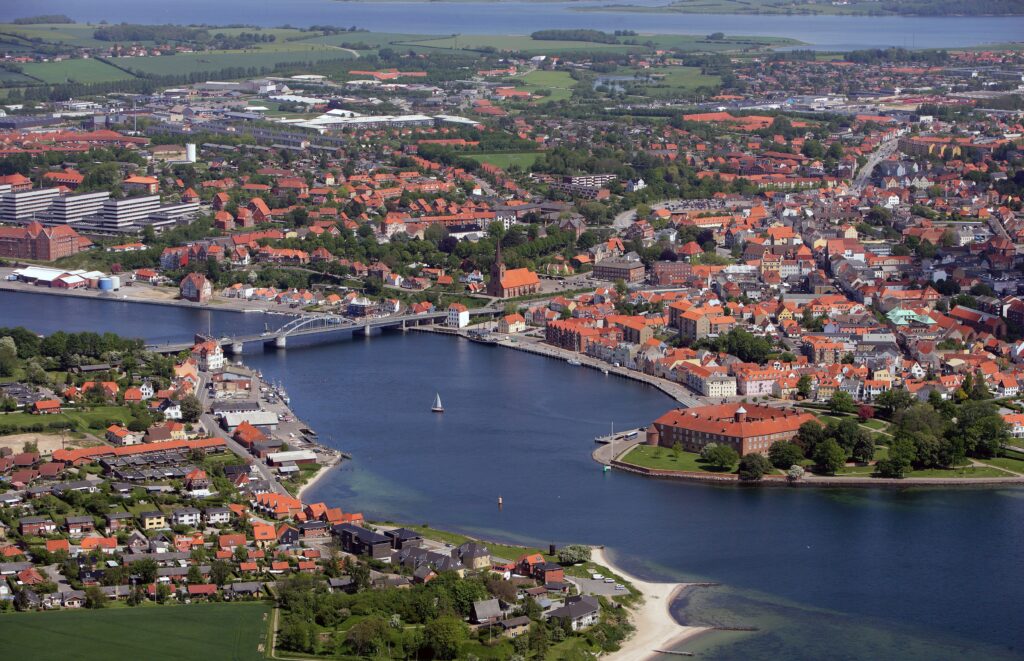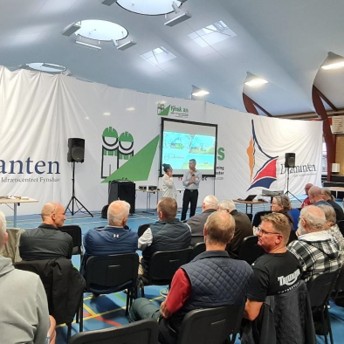PDU Sønderborg
sØNDERBORG lokalvarme
Green Heating for the Villages
When the energy crisis hit in 2022, all Danish municipalities were required to update their heating plans to give homeowners clear guidance on which green alternatives could replace oil and gas. In Sønderborg, several smaller villages were left without the option of connecting to district heating. This opened up a new idea: Could villages themselves be organized into shared, local heating communities?
115. May 2025

From Idea to Partnership
Within the framework of COHEAT, a screening was carried out in early 2023, which identified potential for collective solutions in 12 villages. The outcome was the establishment of Sønderborg Lokalvarme – a close partnership between Sønderborg Municipality, the three local district heating companies, and ProjectZero. Sønderborg Varme is the legal owner of the company, while the municipality, heating companies, and ProjectZero are all represented on the board.
The purpose is to assess whether collective heating solutions can be established that are competitive with individual alternatives such as air-to-water heat pumps, and whether there is sufficient local support to implement the projects.
Activities and Process
The work begins with five large citizen meetings, where around 2,500 households are invited. Expressions of interest are then collected, after which specific village studies are launched. Already, about 650 households have responded positively.
However, the process is lengthy: From the first citizen meeting to the results of a screening can take up to a year, and from the first study to the establishment of a finished project can take as long as three years. For citizens with worn-out boilers or urgent needs, this is a challenge, and alternative solutions are being explored in collaboration with heat pump companies.

Results so far
- The city council has allocated DKK 2.1 million for analyses so the work can be carried out at no cost to the villages.
- 650 expressions of interest have been collected from households in the 12 villages.
- The first results for three villages will be published in summer 2025, with further announcements in the second half of 2025.
Lessons Learned
- Strong local organization is key. When local champions and initiative groups take the lead in villages, it becomes easier to reach other citizens and create local ownership.
- Patience is a challenge. The process is slow, and many citizens struggle to wait several years, especially when their current heating systems are deteriorated.
- Electric panels complicate solutions. In villages with many homes using electric heating, collective solutions are more difficult.
- Dialogue and transparency are crucial. Close communication with village residents is necessary to maintain engagement and support over a long process.
- A Plan B is important. If a collective project does not prove economically competitive, alternative solutions should be ready, e.g., in cooperation with heat pump suppliers.
Sønderborg Local Heating is a new joint initiative that gives the villages in Sønderborg Municipality a real chance to gain access to future-proof, green heating. The partnership between the municipality, district heating companies, and ProjectZero ensures expertise, legitimacy, and strong local anchoring.
With broad local interest, strong organisation, and solid municipal funding, the project is well on its way to delivering a lasting solution. At the same time, the experience shows that local engagement, clear expectations, and a plan B are crucial for succeeding with the sustainable heating solutions of the future.

